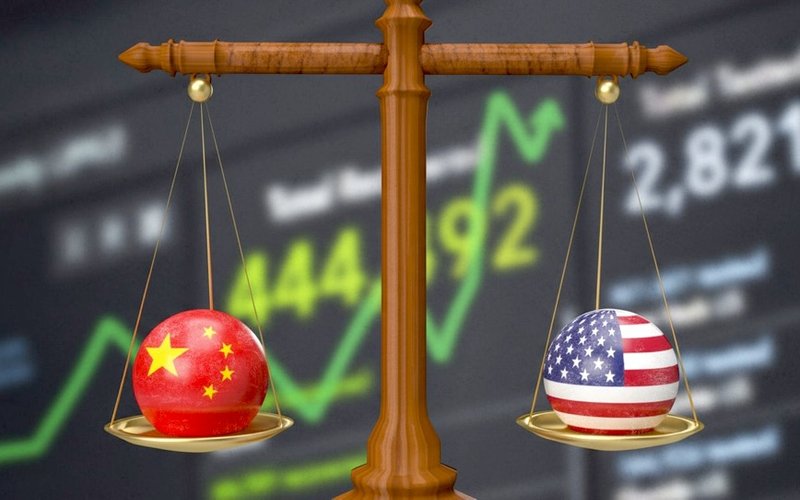Australia is fast-tracking plans to establish a A$1.2 billion (US$782 million) critical minerals reserve, designed to safeguard supply chains for key industrial and defence materials amid escalating global trade frictions and tightening Chinese export controls.
According to industry sources, Canberra’s Critical Minerals Task Force held consultations last week with miners and developers across rare earths, lithium, and other critical metals as it finalises policy recommendations for the reserve by year-end.
The plan, expected to be in place by the second half of 2026, will reportedly focus on future production agreements rather than a physical stockpile, marking a major shift in strategy.
“It’s more like a financial instrument than a physical stockpile,” one source said, describing a system in which miners would pre-sell future output to allied governments or industrial consumers, reducing the need for warehousing and easing capital constraints.
The initiative follows earlier reports that Australia may sell shares in the reserve to key allies such as the United States, Japan, South Korea, and the UK, creating a coordinated supply framework across friendly jurisdictions.
New Approach to Resource Security
The shift away from physical storage toward forward sales and contractual supply commitments reflects the government’s desire to reduce costs and increase flexibility in securing critical mineral flows.
Participating governments would agree on annual supply quotas for future years, with miners delivering directly to consumers.
Officials are also weighing mechanisms to manage pricing risks in smaller or less liquid markets, particularly heavy rare earths, where benchmarks are still largely dictated by China.
Australia’s Trade Minister Don Farrell underscored the strategic importance of diversifying both supply and demand.
“We’ve got vast resources of the critical minerals the world needs to decarbonise, to build data centres, and to process AI,” he told the ABC.
“We need a broad range of customers to provide the capital to extract these resources and guaranteed markets to sell them—we’ve been talking to the Europeans, the Japanese, the Koreans, and of course, the Americans.”
The task force’s consultations come ahead of the upcoming meeting between Prime Minister Anthony Albanese and US President Donald Trump in Washington on October 20, where critical minerals cooperation is expected to feature prominently on the agenda.
China Tightens Its Grip
Australia’s move coincides with Beijing’s latest round of rare earth export restrictions, which have rattled global markets and reignited fears over supply chain dependence.
According to Chinese customs data, rare earth exports fell 31% in September from August, the third consecutive monthly decline, bringing shipments down to 4,000 tonnes, their lowest level since February.
For the year to date, exports remain up 13% versus 2024, but recent volatility highlights growing policy uncertainty.
Analysts say the new controls, which expand licensing requirements for key magnet and alloy materials, could complicate existing trade truces between China, the US, and Europe.
“The obvious question is whether China restricted exports, particularly to the US or EU,” said Cory Combs, head of critical minerals research at Trivium China.
“I suspect there are several factors at work, but we’ll only know the full picture once detailed country-level data is released.”
In response, President Trump warned of potential new tariffs should restrictions persist, a move that could reignite trade tensions between the world’s two largest economies.
Overnight Market Reaction
Overnight in the US, Rare earth and critical mineral stocks surged on the back of the weekend’s developments:
- USAR +17%
- CRML +16%
- AREC +11%
The rally reflects growing investor belief that Western governments are moving toward direct intervention and co-investment models to stabilise supply and support domestic production, a theme reinforced by Australia’s evolving policy.
Australia’s critical minerals reserve, if implemented as proposed, could serve as a model for allied coordination, combining elements of forward contracting, government underwriting, and shared market access.
For miners, it represents a potential new funding channel, for governments, a hedge against geopolitical supply shocks.
With rare earths and other critical materials central to electric vehicles, renewable energy systems, and advanced electronics, the policy’s success may prove pivotal to Western supply chain resilience over the next decade.
